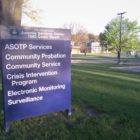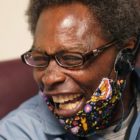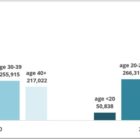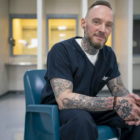
Q&A: Long Island judge seeks collaboration among trauma-focused child welfare and juvenile agencies and youths’ families
|
Launched in summer 2021 as an expansion of the incarceration-diversion program, Long Island, N.Y.'s ConcepTS also stands for “collaboration, oversight, nurturing, community, engagement, participation and treatment services.” It’s the brainchild of Suffolk County Supreme Court Justice Fernando Camacho, who says he has a heart for young people and a love of the law. The Juvenile Justice Information Exchange’s Micah Danney interviewed Camacho about what diversion programs mean for juvenile offenders and the juvenile justice system he helps to oversee.








